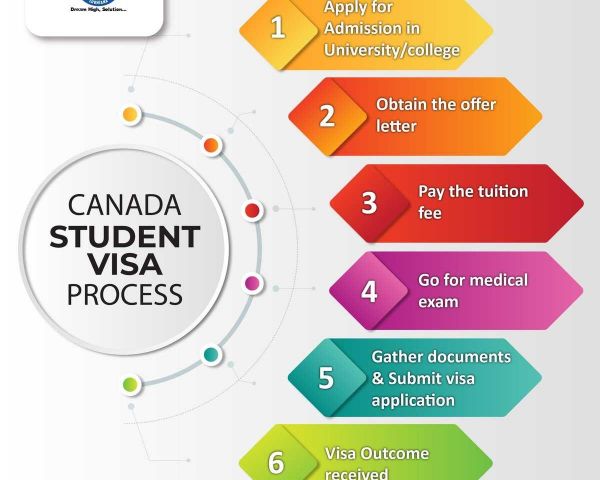
 Securing a student visa is a crucial step for international students looking to study abroad, but the process can vary significantly from one country to another. Each country has its own set of application procedures, processing times, and success rates, which can influence the overall experience for prospective students. In this article, we will offer a comparative analysis of student visa processes in various countries, highlighting key differences and considerations for applicants.
Securing a student visa is a crucial step for international students looking to study abroad, but the process can vary significantly from one country to another. Each country has its own set of application procedures, processing times, and success rates, which can influence the overall experience for prospective students. In this article, we will offer a comparative analysis of student visa processes in various countries, highlighting key differences and considerations for applicants.
United States:
The student visa process in the United States typically involves applying for an F-1 or J-1 visa. Applicants must first receive acceptance to a SEVP-certified institution and obtain an I-20 or DS-2019 form before applying for their visa. Processing times can vary, but applicants are advised to apply several months in advance of their intended start date. Success rates for student visas in the United States are generally high, but applicants must demonstrate sufficient financial resources and ties to their home country to qualify.
United Kingdom:
In the United Kingdom, prospective international students must apply for a Tier 4 (General) student visa. The application process includes providing proof of acceptance to a UK institution, sufficient funds to support oneself, and meeting English language proficiency requirements. Processing times can range from a few weeks to several months, depending on the applicant’s country of residence. Success rates for Tier 4 visas are generally favorable, but applicants must carefully adhere to all visa requirements and provide thorough documentation.
Canada:
Canada offers a streamlined student visa process through the Student Direct Stream (SDS) program for applicants from certain countries. Eligible applicants can benefit from faster processing times, typically within a few weeks. However, all applicants must meet stringent requirements, including providing proof of acceptance to a designated learning institution, sufficient funds, and medical examinations. Success rates for student visas in Canada are generally high, but applicants must ensure they meet all eligibility criteria.
Australia:
In Australia, international students must apply for a Student Visa (subclass 500) to study at an Australian institution. The application process involves providing proof of enrollment, sufficient funds, and meeting health and character requirements. Processing times can vary, with some applications taking several weeks to process. Success rates for student visas in Australia are generally favorable, but applicants must ensure they meet all visa requirements and provide accurate documentation.
Germany:
Germany offers a straightforward student visa process for international students. Prospective students must obtain a study offer from a recognized German university and demonstrate proof of financial means to support themselves. Processing times are typically efficient, with most applications processed within a few weeks. Success rates for student visas in Germany are generally high, but applicants must ensure they meet all visa requirements and provide thorough documentation.